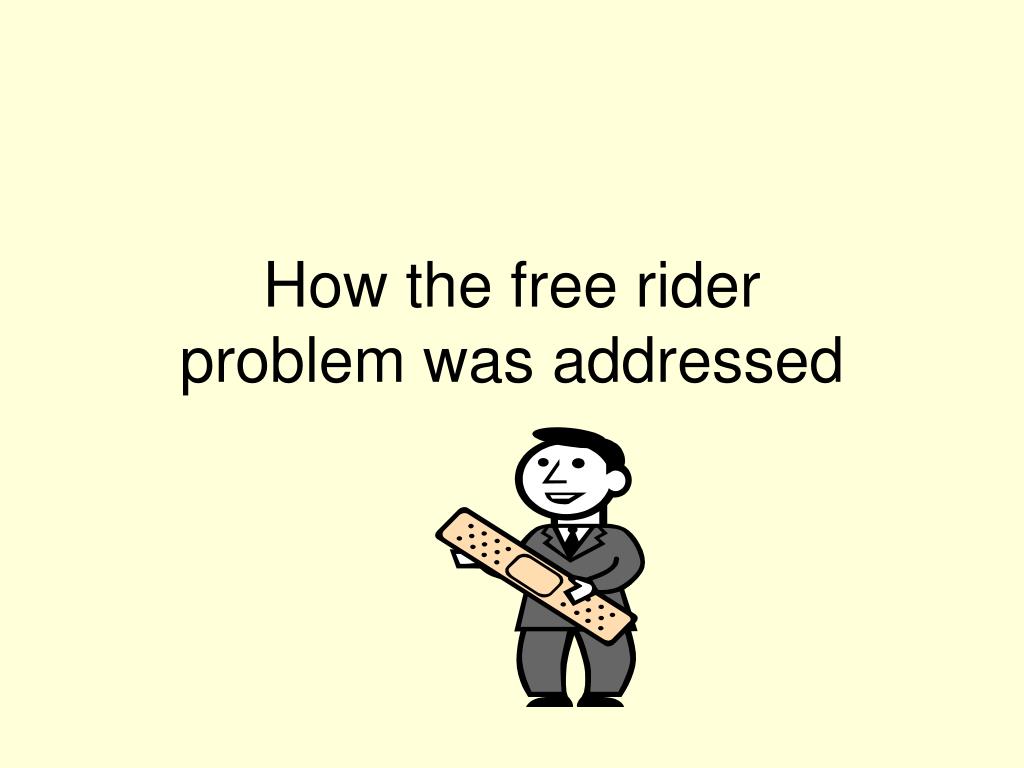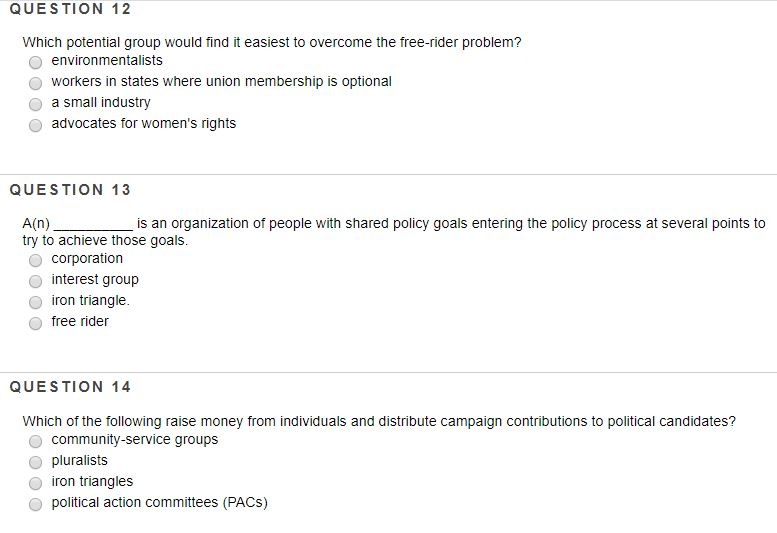

It also hosts boutiques, for example for luxury travel agent Kuoni. John Lewis, an omni-channel department store in the UK, renowned for its in-store advice and service, has many exclusive products. As one retail CEO said to us, “I am locking in exclusives in anticipation of increased competition from Amazon. These exclusives then create a halo effect that makes customers more likely to buy other items too: More people will come to the store, and the exclusive offers will make other products more attractive too. Incumbent retailers have already started to act, but we think the moves could go further than at present and have significant impacts on the configuration of the retail system.īelow are four key changes that could help.Ī retailer that makes certain products available for purchase only in its store or on its website can eliminate the free-rider problem for those products. Showrooming will only become more common as the barriers to online shopping are gradually removed, spreading it to areas of retail that still depend largely on physical stores. And specialist aggregator and review sites get cuts for directing customers to websites where they buy holidays. Search engines get pay-per-click revenue for engaging in the first funnel. The travel and insurance industries – 10 years ahead of most retail segments in online disruption – have figured out ways for a range of intermediaries to receive cuts for their engagement when customers take nonlinear journeys. Part of the problem is that retailers have not caught up with customer behavior.

The product manufacturers and online retailers benefit from the valuable services provided by the stores but do not pay for them. When this happens, physical stores act as showrooms and achieve low conversion rates of foot traffic into sales. Consumers are increasingly searching for products at one retailer and then buying from – and paying – another, which “free rides” on the first one.Ĭurrently around two-thirds of general merchandise shopping journeys take a version of this non-linear form, according to a survey we conducted, and it is most often physical stores that lose out: Customers seek advice from sales assistants, try a product – and then buy it online, often at a lower price.


 0 kommentar(er)
0 kommentar(er)
